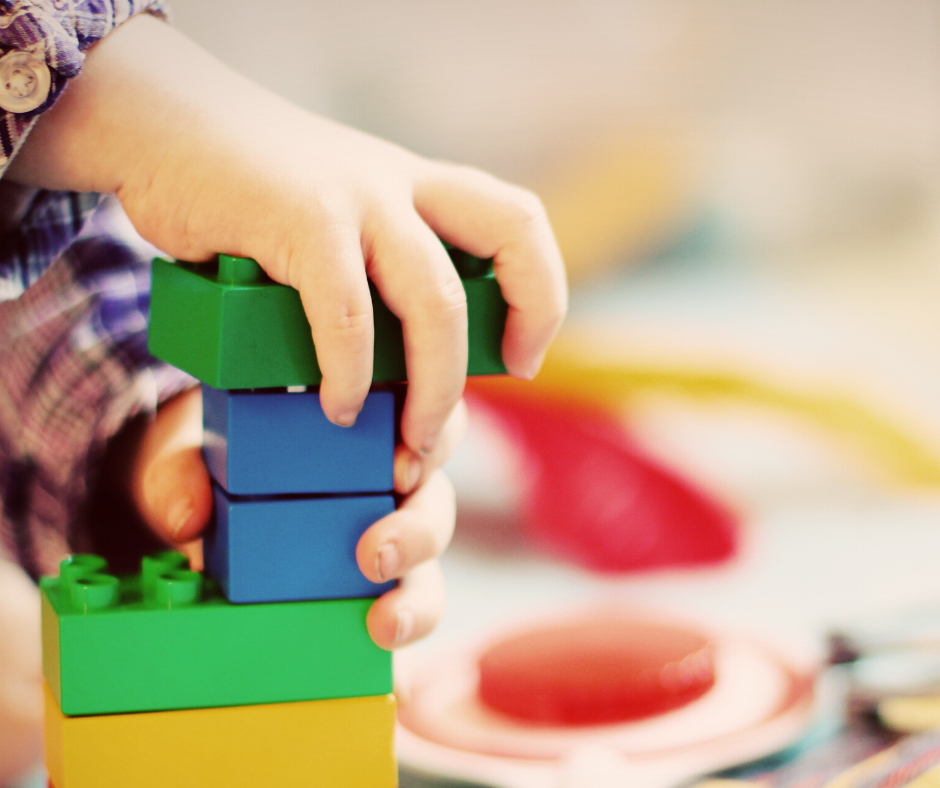 The COVID pandemic has uncovered the precarious situation of child care center businesses. Although child care is a major piece of national economic infrastructure, there is no regular federal support for it beyond block grants. During the COVID-19 pandemic shutdown, over 60% of the centers closed. Those that did stay open cared for the children of essential workers. We do not know how many will be able to reopen and of course, that will look different because of health concerns. Child care centers function on shoestring budgets and only have two weeks of financial cushion on average. The additional costs of personal protective equipment (PPE) along with the major dip in enrollment may put about one-third of childcare centers out of business permanently while others sit on the precipice of financial disaster. As states have begun reopenings, only two thirds of the centers have re-opened, most at 30-40% capacity. Given that there is already a major shortage of child care in this country, we are facing the possible collapse of an industry that allows all other industries to thrive. It is time for action.
The COVID pandemic has uncovered the precarious situation of child care center businesses. Although child care is a major piece of national economic infrastructure, there is no regular federal support for it beyond block grants. During the COVID-19 pandemic shutdown, over 60% of the centers closed. Those that did stay open cared for the children of essential workers. We do not know how many will be able to reopen and of course, that will look different because of health concerns. Child care centers function on shoestring budgets and only have two weeks of financial cushion on average. The additional costs of personal protective equipment (PPE) along with the major dip in enrollment may put about one-third of childcare centers out of business permanently while others sit on the precipice of financial disaster. As states have begun reopenings, only two thirds of the centers have re-opened, most at 30-40% capacity. Given that there is already a major shortage of child care in this country, we are facing the possible collapse of an industry that allows all other industries to thrive. It is time for action.
Who runs childcare centers?
In the United States, we have a hodgepodge system of childcare serviced by individual owners. The business model is not lucrative by any standards and is usually performed as a labor of love or necessity by someone needing a job. Childcare centers are primarily run by women with 40% run by women of color. Some owners are families who run the business out of their home and others lease or buy their centers. The owners come from a cross-section of income and education levels. Many have never run a business before and have to rely on themselves for everything from accounting to keeping diapers in stock. Childcare workers are poorly paid and do not receive retirement or healthcare benefits. In some areas, there are resource and referral networks which can provide some advice, but owners are mostly on their own. States license and inspect childcare centers.
What is causing the problem?
Because of COVID-19, child care center enrollment had decreased significantly. For example, in Fletcher, North Carolina, Catherine Lieberman of Bell’s School for People Under Six reported that their usual enrollment of 40 children went down to 5. It has risen back up to 18, but many of those parents are essential workers who are no longer receiving government subsidies. They are now talking about taking their children out of the program because they can no longer afford it. She had to lay some workers off and took herself off the payroll. She has had extra expenses due to COVID as well. They had some savings that got them through April and then received a one time grant in May from the state, but she is not sure how they can survive. Providers are also concerned about their liability if a worker or child contracts COVID at their facility. Workers who were laid off are not sure that they want to return. At the moment, they are receiving more on unemployment than they were while employed. There are also health concerns to consider. Putting all of these factors together, we can see why the child care system is about to implode.
Because child care is run by a mixture of sole proprietors or very small businesses, there is no safety valve for when things go awry. Childcare centers are open for long hours to accommodate the early drop offs and late pickups of the parent’s schedules. It is a fee for service business model, with little to no profit margins. The owners simply do not have the time and/or knowledge to go about the business of applying for the SBA loans that were available so money was left on the table. Both the parents who are paying for care and the workers who are paid little are in a situation where no one has the power to improve the situation. That power lies with the private industry businesses who employ the parents and state and federal governments.
What can be done to support the child care industry?
Because the field of child care is run primarily by women, it has been undervalued similar to the way that most other traditional women’s work like teaching and nursing has been. The industry came about as women entered the workforce, and there was little political will to support that societal shift. But present circumstances show us that 68% of women are entering the workforce, and most plan and need to continue working regardless of their marital or parental status.
If a large number of child care centers close, many parents, both men and women, will not be able to return to the workforce. Our economy is based on two incomes and many families will slide into poverty if one parent has to stay home. Child care centers are critical infrastructure for our economy.
We must rethink the role that child care centers serve. According to Rhian Evans Allvin, the Chief Executive Officer of the National Association of Education of Young Children, the cost of child care should be reflective of what quality care costs. “Why do we have different levels of quality/cost? We should set up the system based on the cost of good care and include retirement and good pay.” We have years of research that informs us as to what “quality standard” care is, so we should make sure that all care meets those standards and fund it. Additionally, research tells us that for every $1 invested in quality child care/early education, we gain anywhere from $4-$9 in return.
Some Congressional leaders are working toward addressing it. Representative Rosa DeLauro (D-CN.) has proposed two bills. The first, the Child Care is Essential Act allocates $50 billion toward the Child Care Stabilization Fund that gives block grants to child care centers. The idea is to get child care centers back up and running and to increase the block grants to provide stability to the industry. This includes the ability to increase wages for workers. Representative Katherine Clark (D-MA) introduced the Child Care is Infrastructure Act which provides $10 billion for child care centers to make improvements and changes needed because of COVID-19 (plexiglass dividers, thermometers, gloves, etc), and to support the owners and workers. The bill funds education on running a business, financial literacy, and student loan forgiveness for each year of work in a child care center.
These bills need our support before it is too late. Make sure to contact your congressional representatives right away to let them know that you support these bills.
 Anna Lynch is a “writer, educator, and champion for all things women.”
Anna Lynch is a “writer, educator, and champion for all things women.”

There are no comments
Add yours